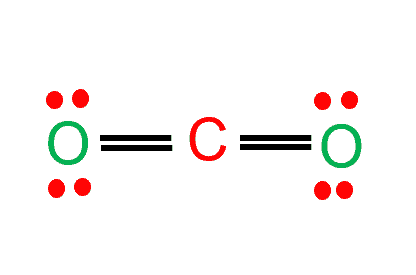Bond length is defined as the average distance between the nuclei of two bonded atoms in a molecule. The greater the value of bond energy, the shorter the bond length. It is measured in Angstrom units (Å) or picometers (pm).
The bond length increases with an increase in the size of the atom. For example, C-C < Si-Si < Ge-Ge.
In simple words, bond length describes the distance between the nuclei of bonded atoms. The length of a bond is inversely related to its bond order; the higher the bond order, the shorter the length of the bond. This happens because the higher bond order increases the amount of attraction between the atoms, resulting in a shorter bond.
Bond Order Definition
Bond order refers to the number of covalent bonds that exist between two atoms. A higher bond order signifies a more solid bond. This is due to an increase in electron attraction, which causes the atoms in the molecule to be bound together more securely.
More Links
Is O2 Polar or Nonpolar?| Easy Explanation
Sigma Bond- Definition & Explanation
CH4 Polarity| Simple Explanation
HCl Intermolecular Forces| Dipole-Dipole Forces
Charge of Ammonia (NH3)| Simple Steps
- BCl3 Lewis Structure in four simple steps - November 1, 2023
- PH3 Lewis Structure in four simple steps - October 8, 2023
- PF3 Lewis structure in four simple steps - September 24, 2023



